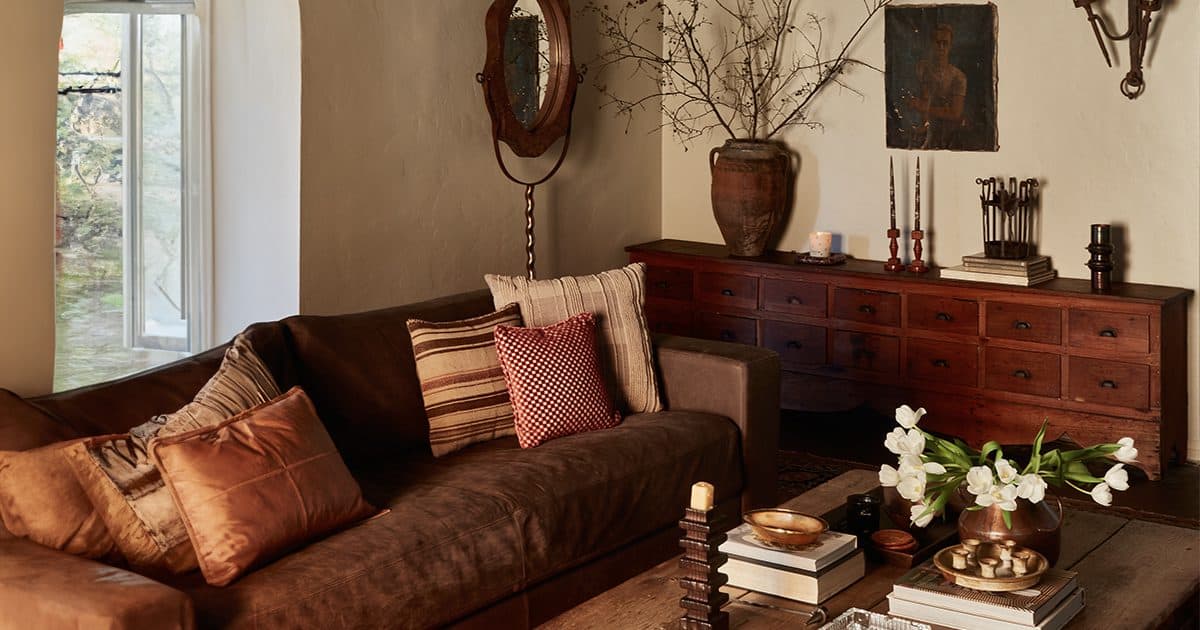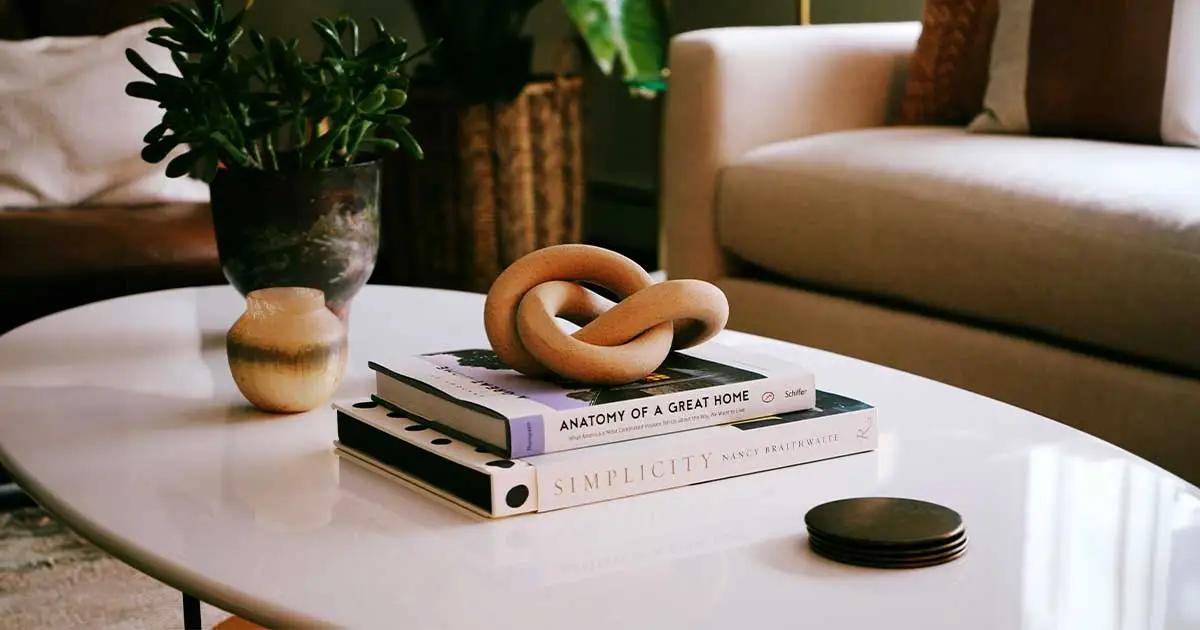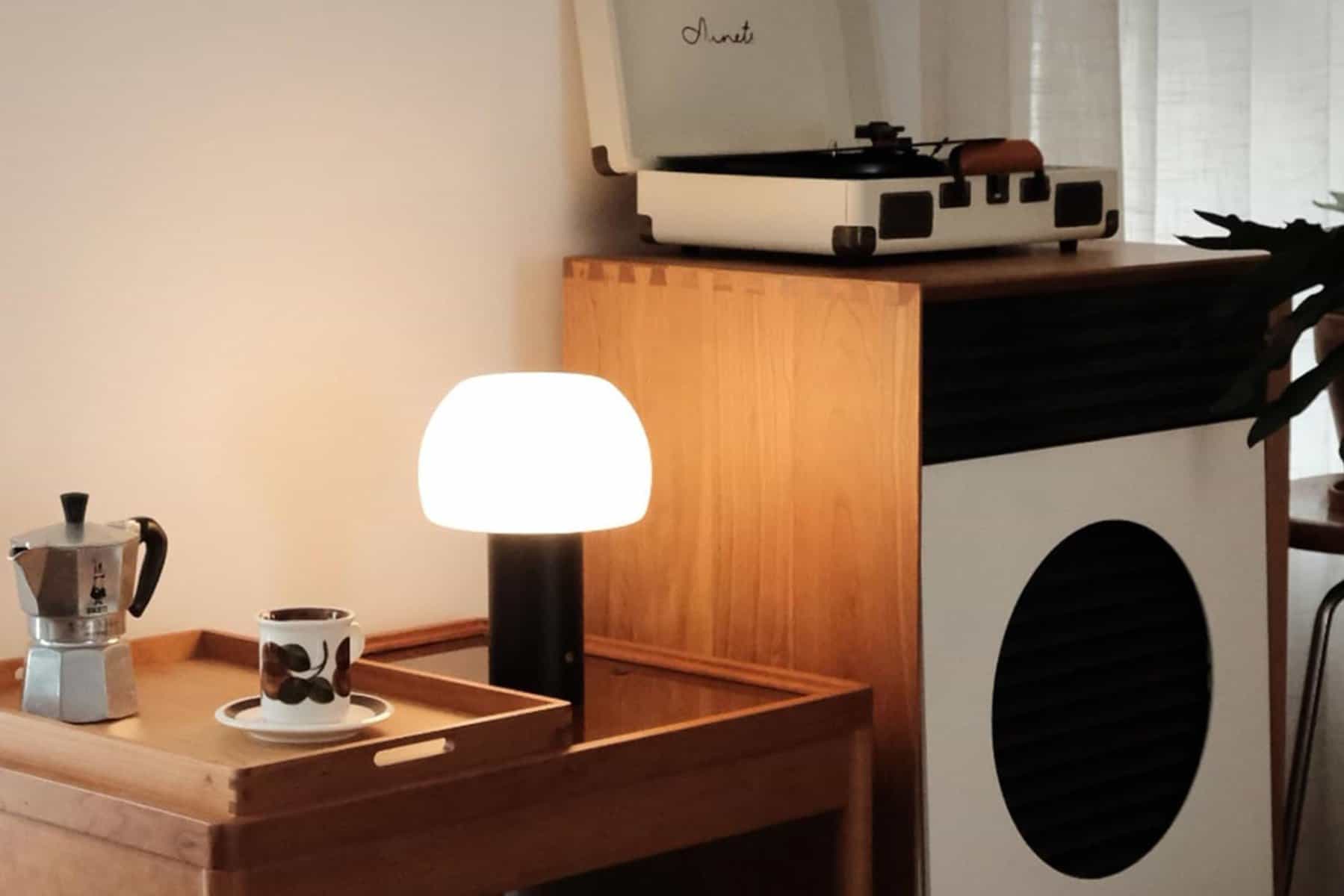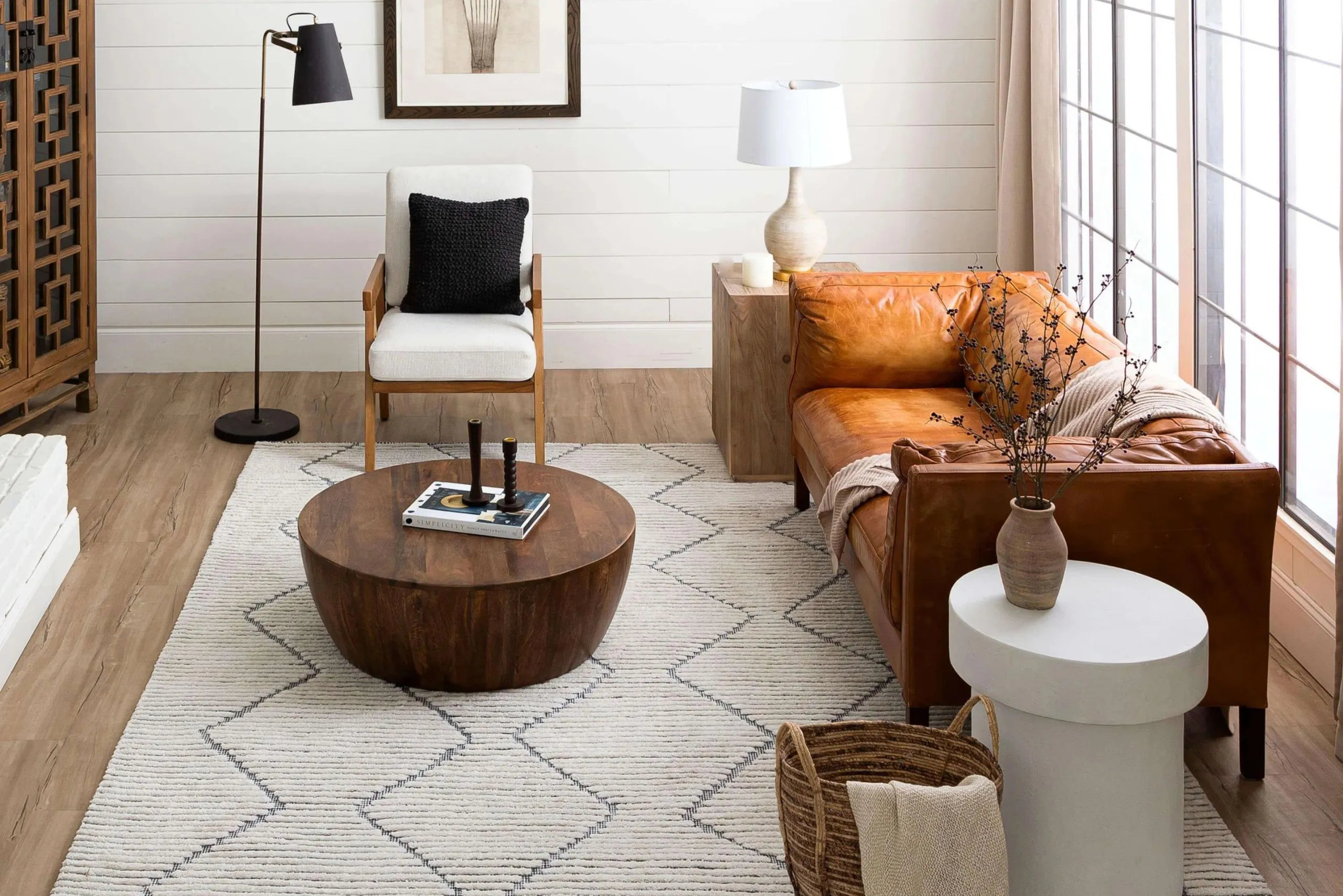How to Prepare Your Home for the School Year
With many parents preparing for their kids to start the school year at home, we started to think about how to design for new uses of familiar spaces. So, we reached out to our friend Susie Allison of Busy Toddler for her tips on how she encourages her three kids (ages 3, 5 and 7) to learn at home without sacrificing space (or her sanity!).
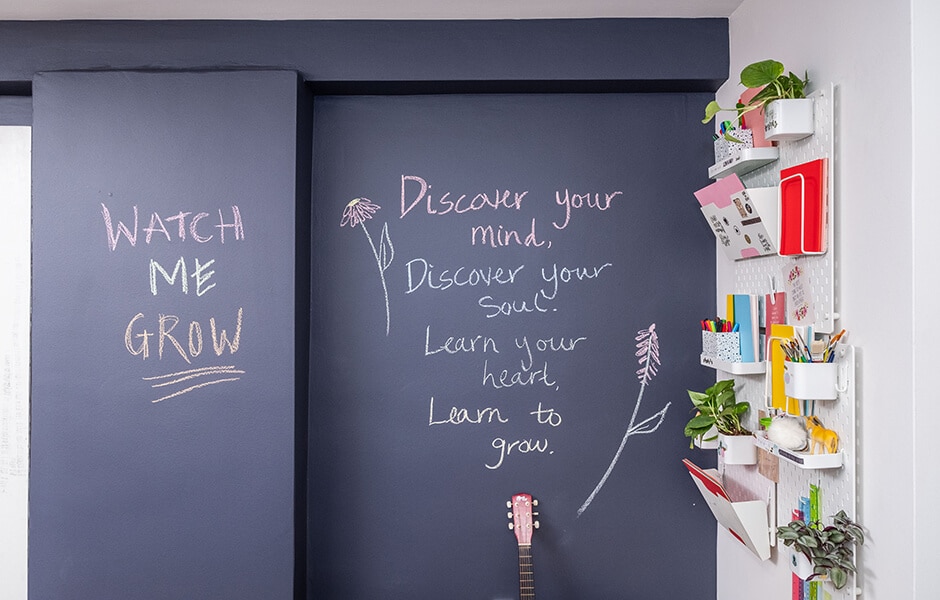
Make Learning Accessible
Susie Allison, Busy Toddler: We are all having to think about how space in our house can mimic a classroom. In a teacher’s world, we call these spaces centers, or a reading nook. In our house, that might be a closet, or a corner of the kitchen!
That also means we think about what we make accessible to our kids. It can be scary for a parent to think about giving a 3-year-old access to markers, but if they were in preschool right now, they would be trusted at some point in the day to have markers out on a table. We can do it, too: The key is trusting in our parenting and being intentional in our interventions. The more we make accessible to a child, the less they’ll be coming to us to ask for help, which creates fewer disruptions for everyone.
We do that by creating spaces around the house where the books are grouped, or the art supplies are together. This organization helps the child rotate through stations and conduct learning opportunities on their own. Oh, and cut yourself some slack: Look past the mess and see the learning.
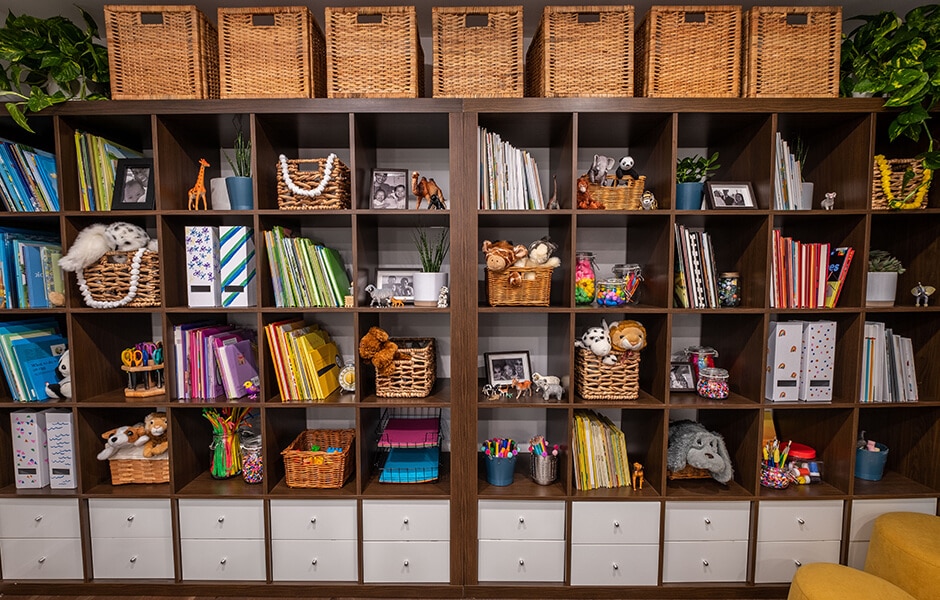
Jonathan: We went to a school that encouraged self-direction, which was great for us because it allowed our creativity to flourish and we could work at our own pace. While not every child may learn that way, having access to books and materials through open shelving or soft, easy-to-reach baskets can encourage children to learn in a way that interests and engages them.
Mobility Matters
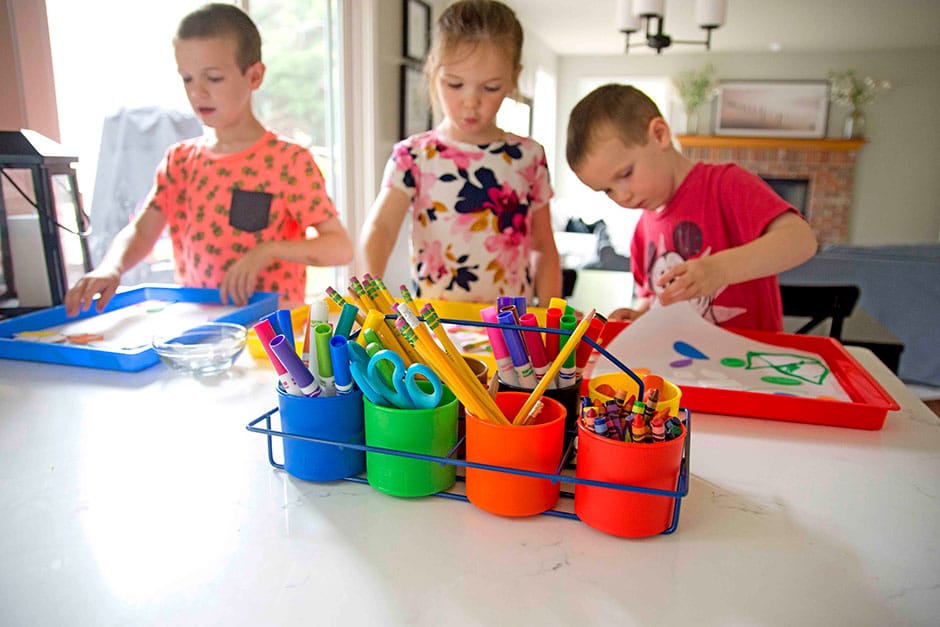
Susie: In our house, we always have had art supplies available to the kids, but we recently discovered the magic of the caddy. Having a caddy they can pick up with their hands and walk over to a space of their own makes a world of difference. My three-year-old can carry his caddy and have a sense of independence while still staying under a watchful eye.
Small containers and divided trays also help in creating mobile stations. One might have what we call math manipulatives, like pattern blocks and counters. These are toys they can sit and play with for a while, and that bridge play leads to learning. These containers also can be helpful companion tools for children who engage in some form of remote learning.

Drew: We love the idea of letting kids stake out their own space. On a recent Property Brothers: Forever Home, we created a filing board for older kids, so each of them would have a place they could keep track of their homework and assignments. That way, they have a centralized location to store their work, but they can easily take it somewhere else to work independently, like a desk or banquette.
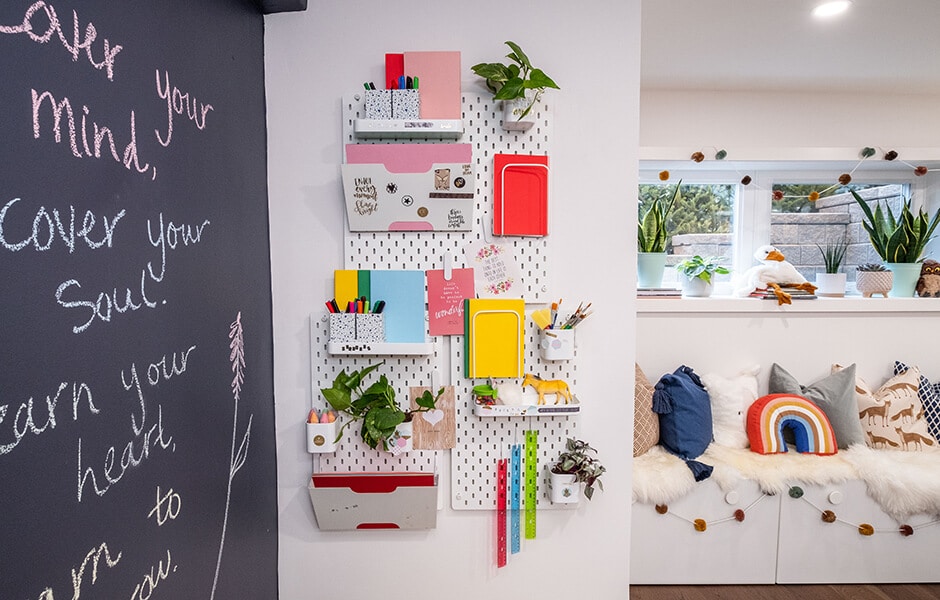
Dedicate Spaces That Remain Inviting
Jonathan: One of our favorite Forever Home renovations included a dedicated space for kids that was right in the middle of everything: it flowed into the kitchen and living areas, and provided a view out into the backyard. It was still a planned space, but it was inviting enough that adults would want to spend time with the kids playing and learning.
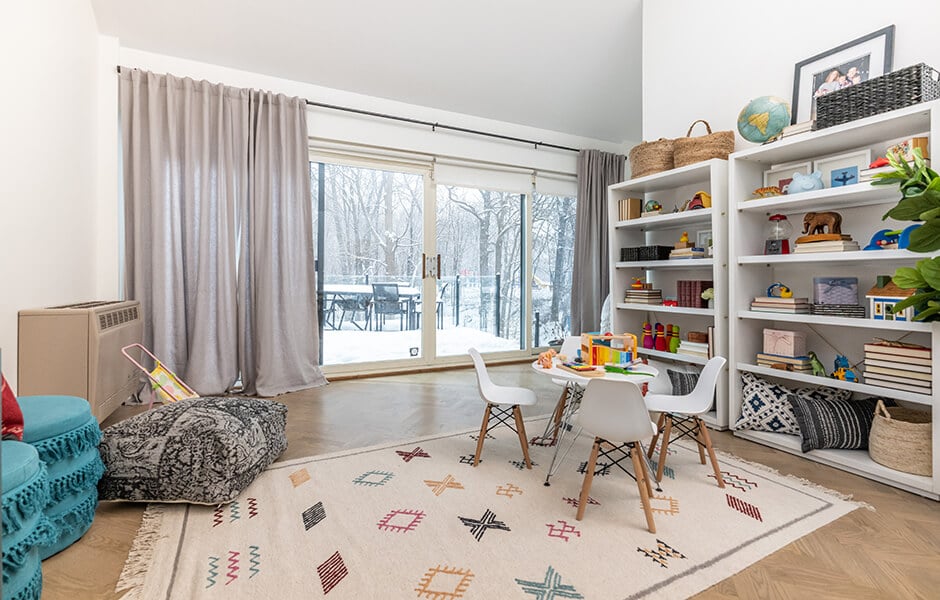
Susie: This is a great example of that child-led space we talk about: kids can access books and toys on lower shelves, and bring items to and from their play area. If we believe play is the work of childhood, then toys are the tools that support that play.
Drew: And we are all about having access to tools!
To see more of Susie’s activity ideas, check out Busy Toddler on Instagram.
